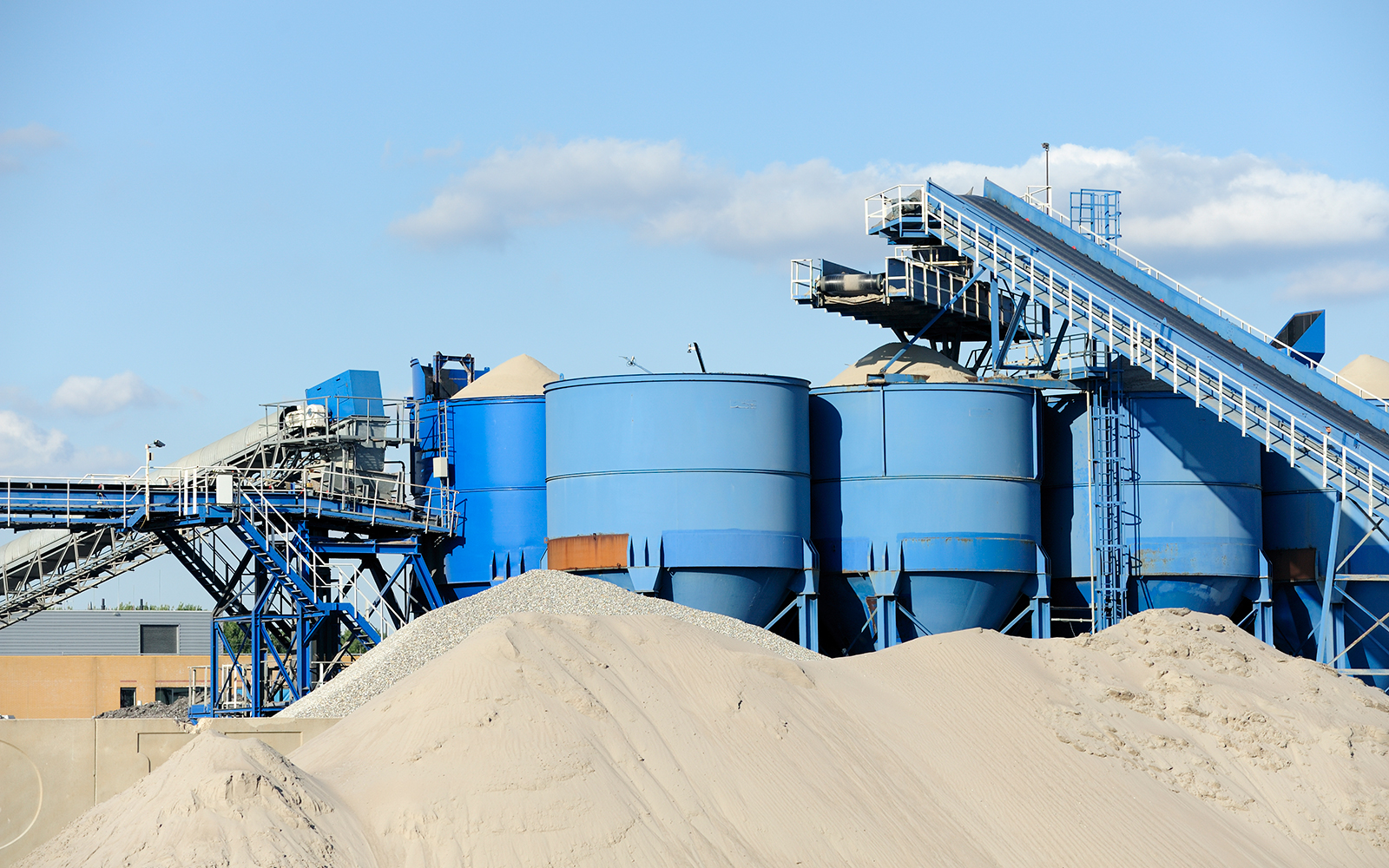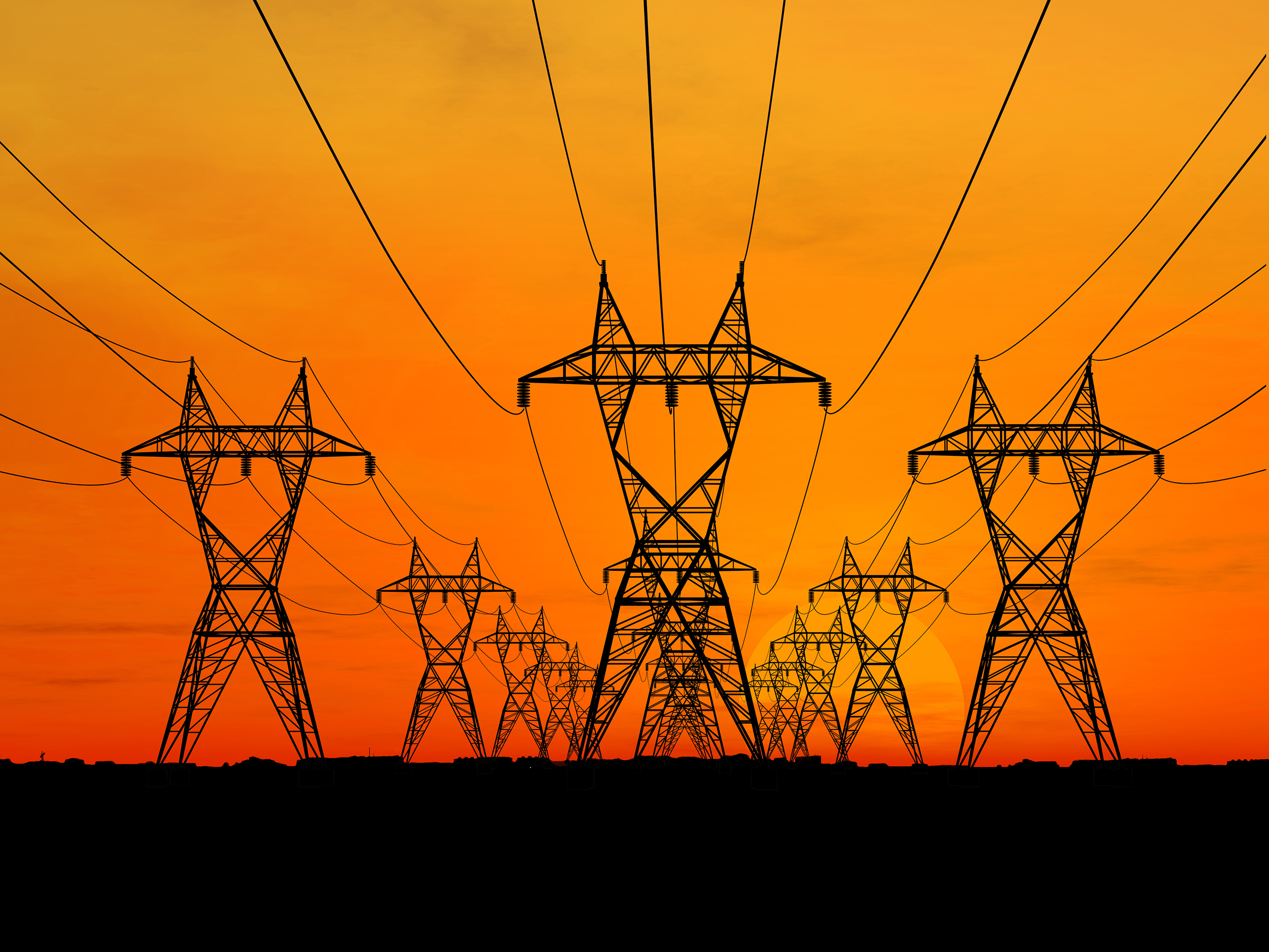Life Cycle Services
What is our environmental footprint and how can we most effectively reduce it and create beneficial change? Franklin Associates, a division of ERG, specializes in life cycle research and ISO standard 14040/44-compliant life cycle assessments (LCAs) to help clients answer these questions and improve the sustainability of their products, services, and systems across multiple environmental metrics, including greenhouse gas emissions, water footprint, solid waste generation, and toxicity. We pioneered the life cycle inventory (LCI) concept over 40 years ago and have stood at the forefront of this science ever since. Our experts have conducted hundreds of life cycle studies and developed LCA models and tools for public and private sector organizations. Based on this experience, we have accumulated an extensive private LCI database for North America, have contributed to the publicly available U.S. Life Cycle Inventory Database since its inception, and support several federal agencies as a part of the Federal LCA Commons. We also currently serve as the data curator for the USLCI Database. These public and private databases contain information on the energy and material flows into and out of the environment for commonly used materials, products, and processes. They serve as key resources as we conduct state-of-the-art life cycle research and assessments for our clients. Our LCA specialists bring expertise across diverse sectors such as packaging, building materials, energy systems, water treatment, chemical manufacturing, circular economy, waste, and agriculture.
Life Cycle Data Development
- Tailored data collection forms
- Literature surveys
- Secondary data evaluation
Life Cycle Inventory and Life Cycle Assessment
- Life cycle goal and scope development
- Customized data development and modeling
- Inventory of environmental inputs and outputs by life cycle stage
- Results analysis and interpretation
- Sensitivity and uncertainty analysis
- Target areas for environmental improvement strategies
- Data for submission to USLCI Database
- Environmental product declarations following established product category rules
- Peer review services
- Review of external models, tools, and emission factors
- Multi-stakeholder project coordination
Carbon Footprinting
- Product and organizational GHG accounting
- Scope 3 and supply chain GHG assessment
- Embodied carbon
- Energy sector GHG LCA
- Consumption-based emissions inventories
Customized Life Cycle Models and Tools
- User-friendly interactive client-specific models in openLCA, SimaPro, Excel, and Web-based formats
- User-defined scenarios
- Instant generation of environmental results tables and graphs
- Ongoing support and data updates
- Programming and support for open-source LCA software packages based on large datasets
Integrated Life Cycle Assessment/Life Cycle Costing
- Combined analyses of environmental performance and costs
- Identification of cost and environmental performance trade-offs
- LCA based on spend information
Life Cycle Communications and Education
- Reports
- Interpretive graphics
- Presentations
- Life cycle methodology training
- Support for development of LCA–related marketing materials
LCA Software Training
- U.S. training partner for openLCA software
- Onsite and remote training for business and educational use of openLCA






























